Ideas for a Focal Point Tree
everett-reader
17 years ago
Related Stories
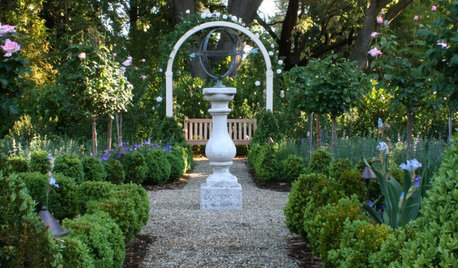
GARDENING AND LANDSCAPINGGarden Design Essentials: Emphasis and Focal Points
Draw the eye and create a lasting impression in your landscape with the design principle of emphasis, or point of view
Full Story
DECORATING GUIDES6 Focal Points to Build a Beautiful Interior Around
Not sure what element to make the attention getter in your room? Find some great choices here
Full Story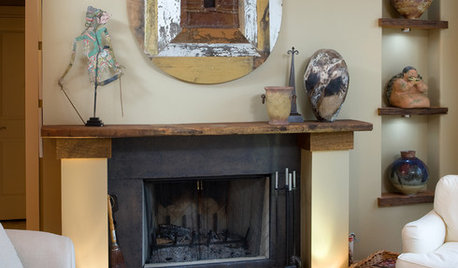
DECORATING GUIDESDecorating the Mantel: Create a Fireplace Focal Point
If the "haphazard disarray" school of style has your mantel as a student, consider these techniques for a more artfully balanced arrangement
Full Story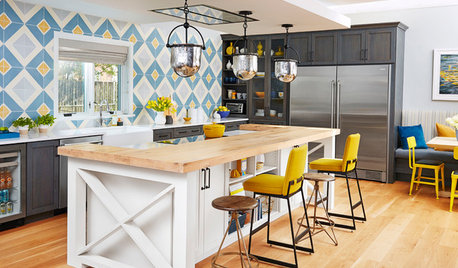
KITCHEN DESIGN10 Creative Ways to Establish a Kitchen Focal Point
Here’s how to create a statement-making cooking space with your backsplash, countertop, appliances, cabinets and more
Full Story
FIREPLACESMake Your Fireplace the Focal Point
17 Ways to Light Up Your Fireplace with Wall Treatments, Artwork, and More
Full Story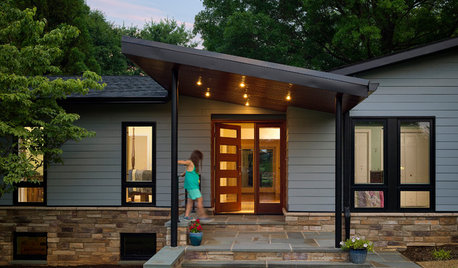
CURB APPEALEntry Recipe: New Focal Point for a 1970s Ranch House
A covered terrace draws visitors to the front door and creates a modern, interesting approach in a Baltimore-area home
Full Story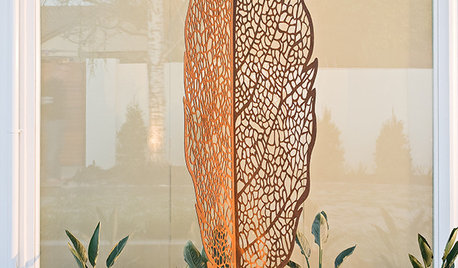
GARDENING AND LANDSCAPING4 Fabulously Low-Maintenance Garden Focal Points
Create a memorable ambience in your landscape with eye-catchers like these
Full Story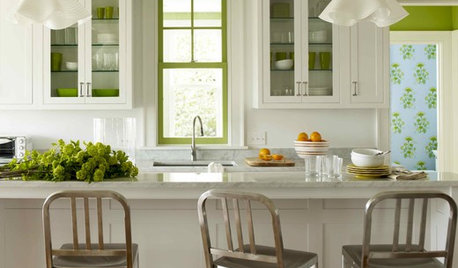
DECORATING GUIDESSecondary Colors Create a Punchy Focal Point
See how green, purple and orange bring a room to life
Full Story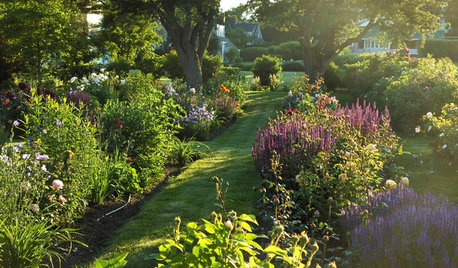
GARDENING GUIDESGive Your Garden an Arresting Point of View
Create a strategic outdoor focal point for an inviting scene and calming sense of balance
Full Story
Christmas Trees That Wow
Grab up some last-minute decorating ideas from these gloriously colorful, creative trees
Full Story








Embothrium
schizac
Related Professionals
Lowell Landscape Architects & Landscape Designers · Taylorsville Landscape Architects & Landscape Designers · Biloxi Landscape Contractors · Coeur d'Alene Landscape Contractors · Federal Way Landscape Contractors · Fort Myers Landscape Contractors · Mason Landscape Contractors · Mission Landscape Contractors · Overland Park Landscape Contractors · Bothell Fence Contractors · Gainesville Fence Contractors · Hernando Fence Contractors · Irvine Fence Contractors · Kingsburg Fence Contractors · Fountain Hills Outdoor Lighting & Audio Visual Systemsgw:everett-reader
Embothrium
gweirdo
Embothrium
boxofrox
bananajoe
botann
gardengal48 (PNW Z8/9)
gweirdo
schizac
gw:everett-reader
Embothrium
gardengal48 (PNW Z8/9)
Embothrium
ian_wa
Embothrium
lisakk
Embothrium
lazygardener
Embothrium